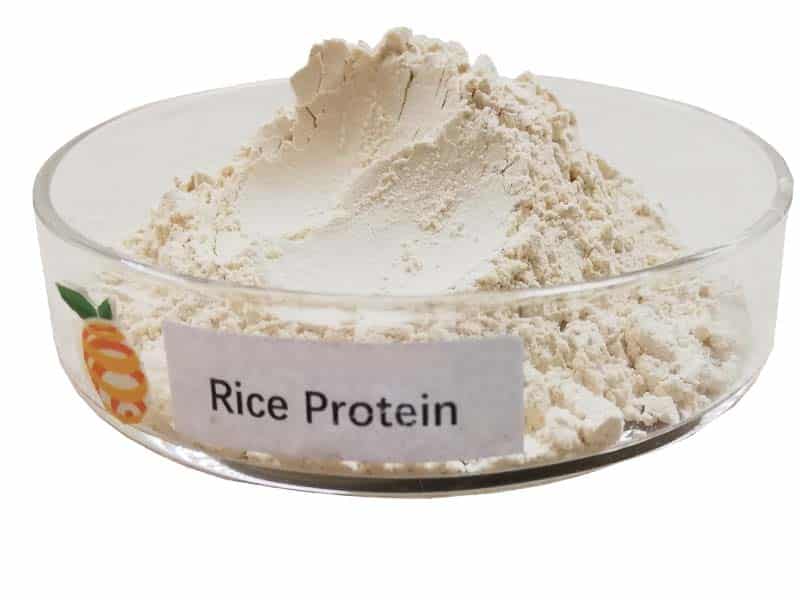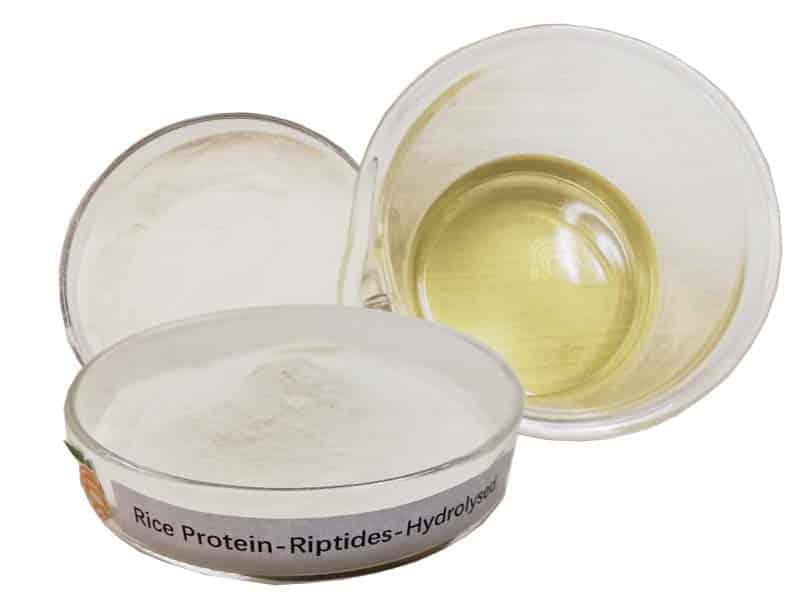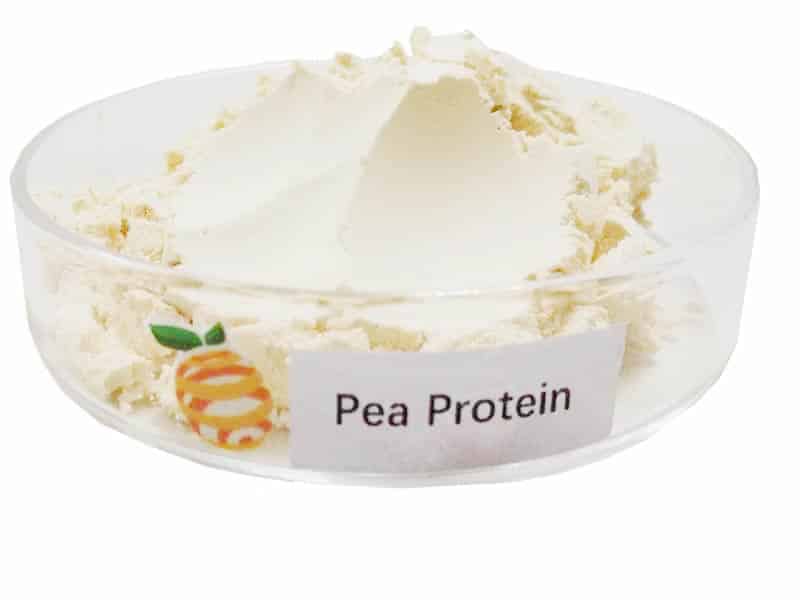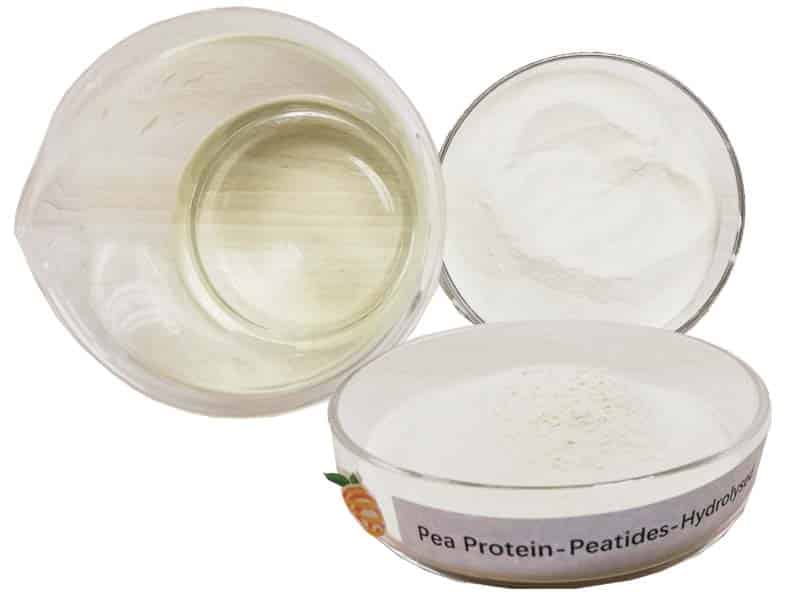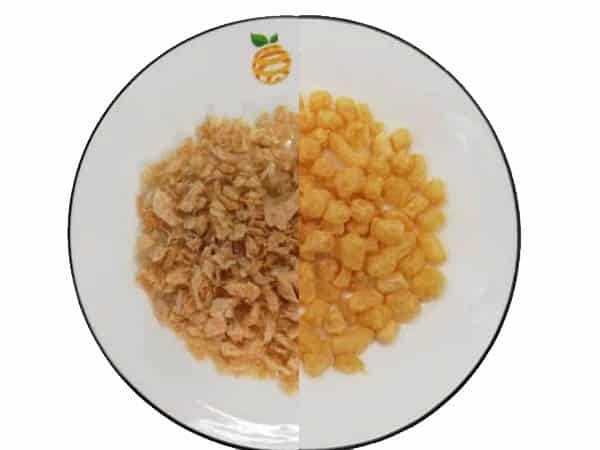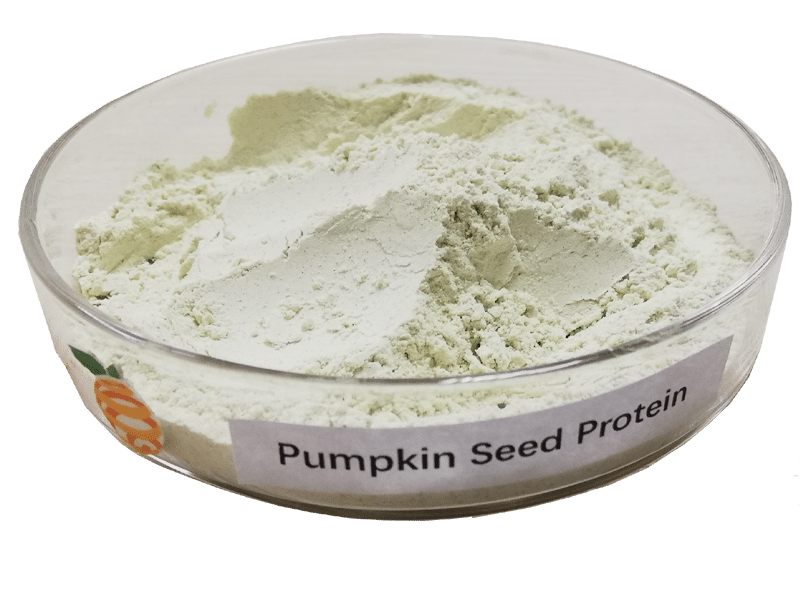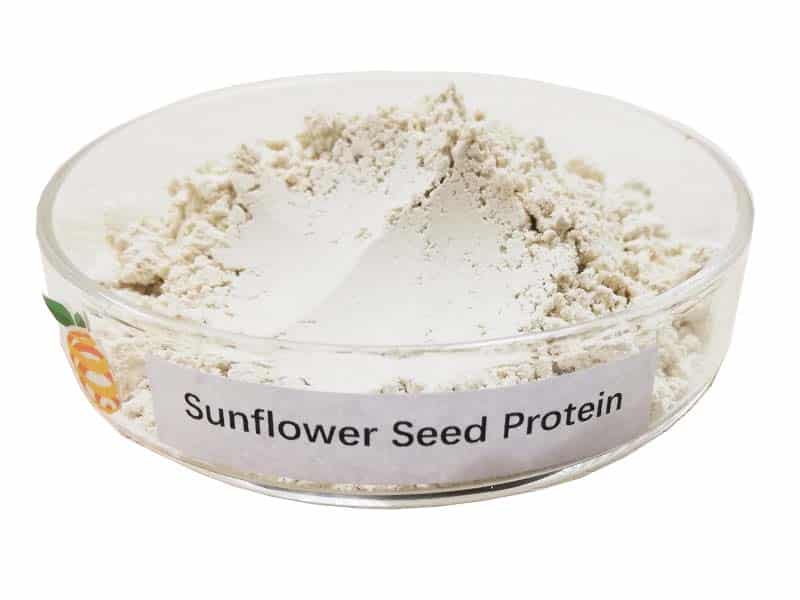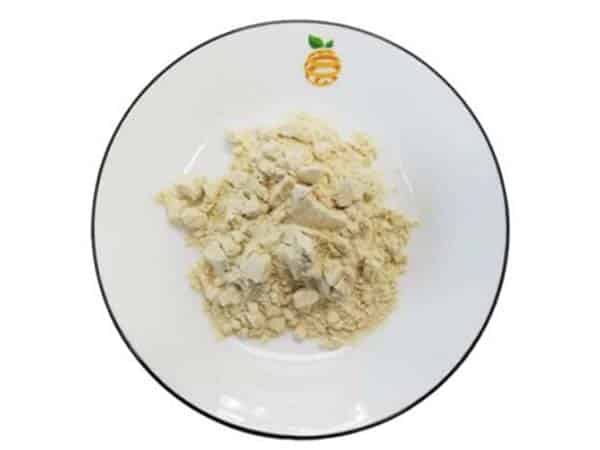NAD and NADH Difference: Explained Simply
-
Table of Contents
NAD and NADH Difference: Explained Simply
In the realm of molecular biology, the terms NAD and NADH frequently surface, especially in discussions about cellular metabolism and energy production. Understanding the difference between NAD (Nicotinamide Adenine Dinucleotide) and NADH is crucial for comprehending how cells generate energy, a process vital for sustaining life. This article aims to demystify these compounds, explaining their roles and importance in simple terms.
Understanding NAD: The Energy Converter
NAD is a coenzyme found in all living cells and is pivotal in metabolism. It acts as an oxidizing agent, accepting electrons from other molecules in biochemical reactions. This property makes NAD crucial for converting food into energy. Here’s how NAD functions in simple steps:
- Energy Conversion: NAD plays a key role in metabolism by transferring electrons from one reaction to another, thus helping convert nutrients into energy.
- Oxidation-Reduction Reactions: It participates in redox reactions, processes that are essential for cellular respiration.
- Enzyme Assistance: NAD assists enzymes in breaking down substrates, like glucose, to produce energy.
NADH: The Energy Storing Form
When NAD gains electrons (a process called reduction), it becomes NADH. This form of NAD is crucial as it represents stored energy that can be used to generate ATP, the primary energy currency of the cell. Here are the key roles of NADH:
- Energy Storage: NADH holds electrons and thus energy, which can be converted into ATP through the electron transport chain in mitochondria.
- Antioxidant Role: By donating electrons, NADH can neutralize free radicals, reducing oxidative stress in cells.
- Regeneration of NAD: In metabolic processes like glycolysis, NADH helps regenerate NAD, ensuring a continuous supply of this coenzyme for energy production.
Comparative Analysis: NAD vs. NADH
While NAD and NADH are closely related, their roles in cellular metabolism are distinct:
- Oxidized vs. Reduced State: NAD is the oxidized form, capable of accepting electrons, whereas NADH is the reduced form, holding and transporting electrons.
- Role in Metabolic Processes: NAD is primarily involved in catabolic reactions (breaking down molecules for energy), while NADH is crucial in anabolic reactions (building up molecules).
- Energy Status Indicator: The ratio of NAD to NADH within a cell can indicate the cell’s metabolic state—more NADH suggests high energy production, whereas more NAD suggests a need for energy generation.
Biological Significance and Health Implications
The balance between NAD and NADH is vital for maintaining cellular health and function. Disruptions in this balance can lead to various health issues:
- Ageing: Decreased NAD levels are associated with ageing and related degenerative diseases.
- Neurodegenerative Diseases: Imbalances in NAD and NADH levels are linked to diseases like Alzheimer’s and Parkinson’s.
- Metabolic Disorders: Abnormal NAD/NADH ratios can contribute to metabolic disorders, including diabetes and obesity.
Boosting NAD Levels: Dietary and Lifestyle Choices
Enhancing NAD levels can potentially improve health and slow ageing processes. Here are some ways to boost NAD levels:
- Diet: Consuming foods rich in niacin (Vitamin B3), such as turkey, chicken, and peanuts, can help increase NAD levels.
- Exercise: Regular physical activity has been shown to naturally boost NAD levels.
- Supplements: NAD precursors like nicotinamide riboside (NR) and nicotinamide mononucleotide (NMN) are available as supplements to enhance NAD levels.
Conclusion
Understanding the difference between NAD and NADH is essential for appreciating how our bodies convert food into energy. Both play critical roles in maintaining cellular health and function. By managing our diet and lifestyle, we can influence our body’s NAD/NADH balance, potentially improving our health and longevity.
Recommended Products from ETprotein
If you are looking to enhance your dietary intake with high-quality protein sources, consider ETprotein’s range of organic and allergen-free products. Their offerings, including organic rice protein and pea protein, are excellent for boosting overall health and complementing a balanced diet aimed at optimizing cellular functions like those involving NAD and NADH.
ETprotein is NADH Factory Manufacturer and Supplier in China, Check further information by visiting the NADH Product Page
Request Quotation and Samples of NADH from ETprotein
About ETprotein
ETprotein, a reputable protein and elite nutrition ingredients NADH Chinese factory manufacturer and supplier, is renowned for producing, stocking, exporting, and delivering the highest quality organic bulk vegan proteins and elite nutritional ingredients NADH. They include Organic rice protein, clear rice protein, pea protein, clear pea protein, watermelon seed protein, pumpkin seed protein, sunflower seed protein, mung bean protein, peanut protein. Their offerings, characterized by a neutral taste, non-GMO, allergen-free attributes, cater to a diverse range of industries. They serve nutraceutical, pharmaceutical, cosmeceutical, veterinary, as well as food and beverage finished product distributors, traders, and manufacturers across Europe, USA, Canada, Australia, Thailand, Japan, Korea, Brazil, and Chile, among others.
ETprotein specialization includes exporting and delivering tailor-made protein powder and finished nutritional supplements. Their extensive product range covers sectors like Food and Beverage, Sports Nutrition, Weight Management, Dietary Supplements, Health and Wellness Products, and Infant Formula, ensuring comprehensive solutions to meet all your protein needs.
As a trusted company by leading global food and beverage brands and Fortune 500 companies, ETprotein reinforces China’s reputation in the global arena. For more information or to sample their products, please contact them and email sales(at)ETprotein.com today.

